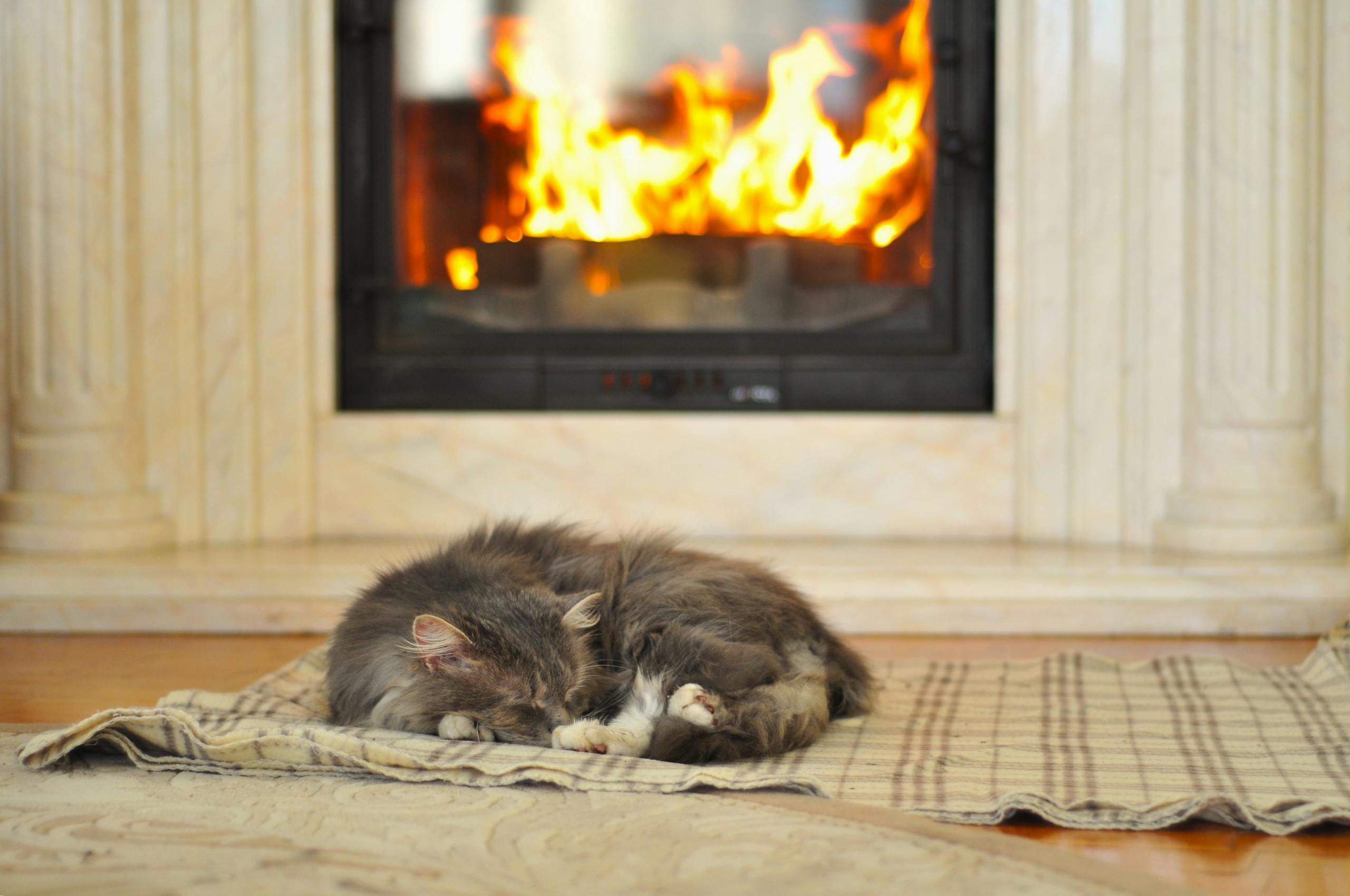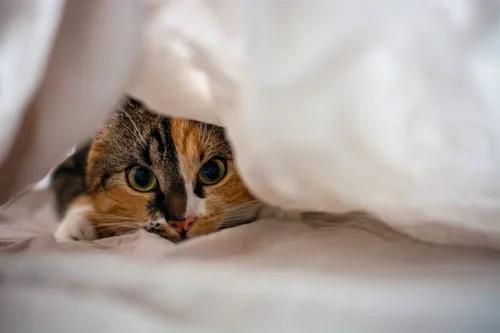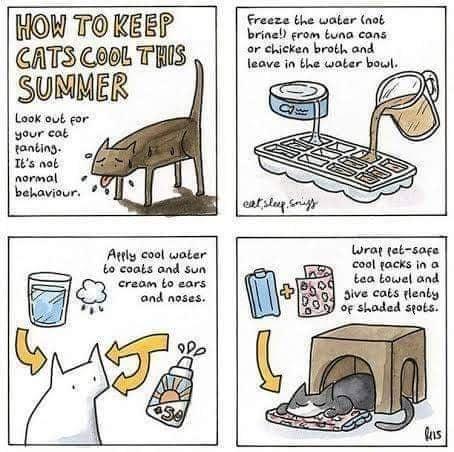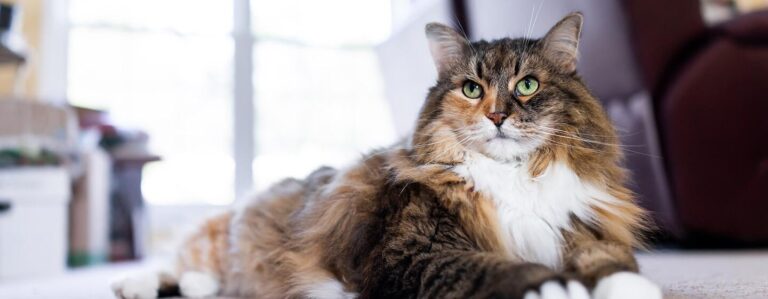DIY Cat Furniture Ideas on a Budget
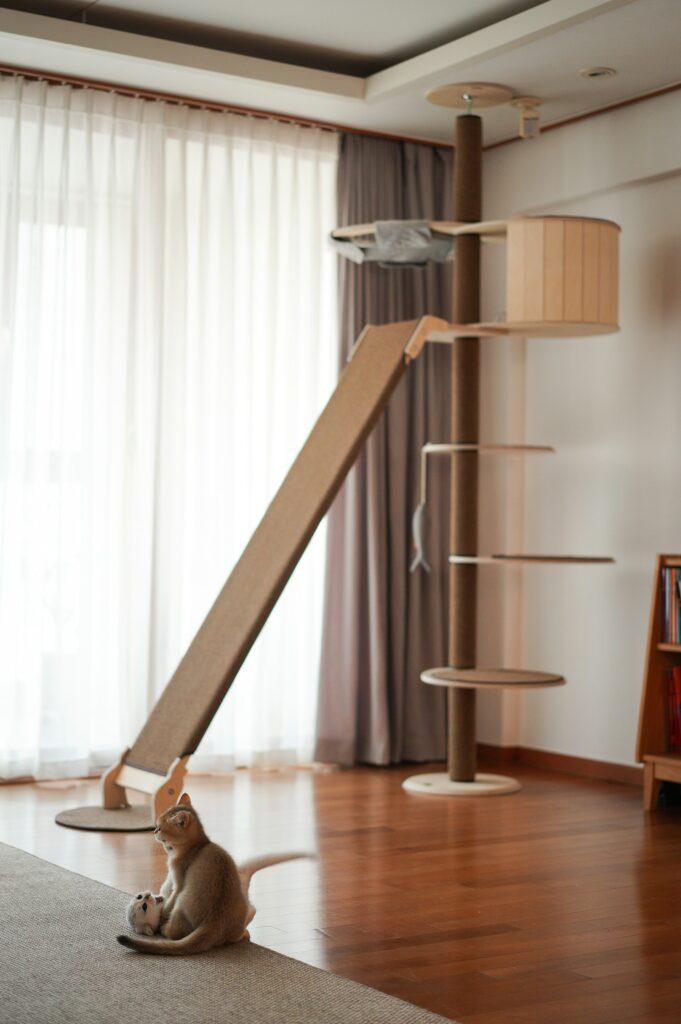 furniture“>
furniture“>
DIY Cat Furniture Ideas on a Budget
Hey fellow cat lovers! If you’re anything like me, you adore spoiling your feline friends but also cringe at how pricey some cat furniture can get. You want your kitty to have all the cozy hideouts, scratchers, and climbing spots, but your wallet’s waving a red flag. Well, guess what? You don’t have to break the bank to make your cat’s space totally purrfect. With a bit of creativity (and maybe a touch of crafting), you can build fun, functional furniture at home—without spending a fortune.
Why Creating Your Own Cat Furniture Can Be a Game-Changer
Building cat furniture yourself isn’t just about saving money (though, hello, that’s a big plus!). It’s also about giving your furry friend something made with love and tailored perfectly to their personality. Cats are quirky creatures, with unique preferences for lounging, scratching, and climbing. Mass-produced cat trees or condos might not always suit your kitty’s particular vibe, or your home’s style either.
“DIY cat furniture lets you customize pieces to fit your cat’s habits and your living space—plus, your cat will probably appreciate the extra TLC that went into it.”
Another great reason to DIY: you can repurpose stuff you already have at home, which means less waste and more sustainable choices. And honestly, there’s something pretty rewarding about seeing your cat explore or nap on something you created. Ready to get started? Let’s dive into some easy, budget-friendly ideas!
Simple & Stylish DIY Cat Furniture Ideas
1. Cardboard Castle or Condo
Cardboard isn’t just for packing boxes—it’s a cat’s playground! Grab a few sturdy boxes and some crafting tools (scissors, box cutters, tape, and glue) and you’re off.
- Tip: Cut out doorways and windows for peek-a-boo fun and easy access.
- Pro idea: Stack smaller boxes to create tunnels and multi-level spaces for your cat to explore and nap in.
- Add cushions or soft fabric scraps inside to turn it into a cozy den.
2. Wooden Crate Cat Bed
If you have wooden crates lying around (or can snag one cheaply from a thrift store), they make excellent bases for cat beds.
- Sand down any rough edges for safety.
- Paint or stain the crate to match your home decor.
- Pop in a fluffy pillow or folded blanket for instant comfort.
- Stack two or three crates sideways to make a multi-nook resting spot!
3. DIY Wall Cat Shelves
Wall shelves are amazing for cats who love to climb without taking up floor space. Plus, you can build them cheaply with some scrap wood, brackets, and a drill.
- Make sure the shelves are wide enough for your cat to sit comfortably (usually about 10-12 inches).
- Place them at varying heights to form a fun vertical playground.
- Add some carpet or fabric for traction.
- Pro tip: Use command hooks or removable adhesive strips to avoid damaging walls if drilling isn’t an option.
4. Scratching Post from Natural Sisal Rope
Your cat’s scratching needs don’t have to cost a ton. Wrap a sturdy wooden or cardboard tube with sisal rope (available inexpensively at most hardware stores) and attach it to a solid base.
- Make sure it’s tall enough for your cat to stretch out fully.
- Secure the rope tightly with hot glue or staples to prevent unraveling.
- Bonus: Place old catnip inside the rope layers or spray with catnip spray for extra attractant.
How to Make It All Cat-Safe and Super Comfy
Building cat furniture isn’t just about looks or budget; safety and comfort come first. Here are a few things I always keep in mind:
Choose Non-Toxic Materials
Always check that paints, glues, or finishes are pet-safe. Natural or water-based materials work best to avoid any harmful fumes or reactions.
Secure Everything Firmly
Your furniture needs to hold up to some serious feline whirlwind action! Double-check screws, glues, and fasteners so nothing wobbles or collapses.
Make It Cozy and Inviting
Adding soft blankets, fleece, or pillows to your creations makes all the difference. Cats love warm, snug places to curl up.
Mistakes to Dodge When Making Cat Furniture
Don’t Skip Measuring Your Cat
One common mistake is building pieces too small or low for your cat’s size and activity level. Bigger cats especially need sturdy and spacious options to feel comfy.
Avoid Using Fragile Materials
Cats are pretty tough little creatures. Cardboard is fine for play, but real lounging spots should be made stronger so they don’t fall apart quickly.
Don’t Forget Stability
It’s easy to overlook how much cats jump and wiggle around their furniture. Make sure your furniture is stable to prevent any accidents.
Resist Overcomplicating Designs
Sometimes simpler is better—both for your sanity and your cat’s enjoyment. Complex pieces aren’t necessarily more fun for your cat and often cost more time and money.
Helpful Tools and Supplies to Have on Hand
- Hot Glue Gun – my go-to for quick, strong bonds on fabric and rope wraps.
- Box cutters or utility knives – great for cutting cardboard or foam.
- Sandpaper or sanding block – especially if working with wood.
- Non-toxic paint or wood stain – to spruce up raw materials safely.
- Staple gun – perfect for securing fabric or sisal rope tightly.
Wrapping It Up: Make It Fun for You and Your Kitty
Don’t worry about perfection; cats are surprisingly forgiving and tend to appreciate effort (or at least the new scent!). Most importantly, have fun with the process and celebrate each purr, nap, and playful paw tap on your handmade furniture.
FAQ: Your Cat Furniture Questions Answered
Q: What’s the best material to use for DIY cat furniture?
There’s no one-size-fits-all, but wood, cardboard, and sisal rope are favorites. Wood is durable and great for shelves and scratching posts, cardboard is perfect for temporary hideouts, and sisal rope is a must-have for any scratching surface.
Q: How do I encourage my cat to use new DIY furniture?
Try sprinkling catnip or using interactive toys near the new piece to attract their interest. Patience is key, as cats often take some time to warm up to new items.
Q: Can I use recycled materials for building cat furniture?
Absolutely! Just make sure everything is clean, safe (no nails sticking out, non-toxic), and sturdy. Old crates, scrap wood, and cardboard boxes can all become fabulous cat furniture with a bit of TLC.

